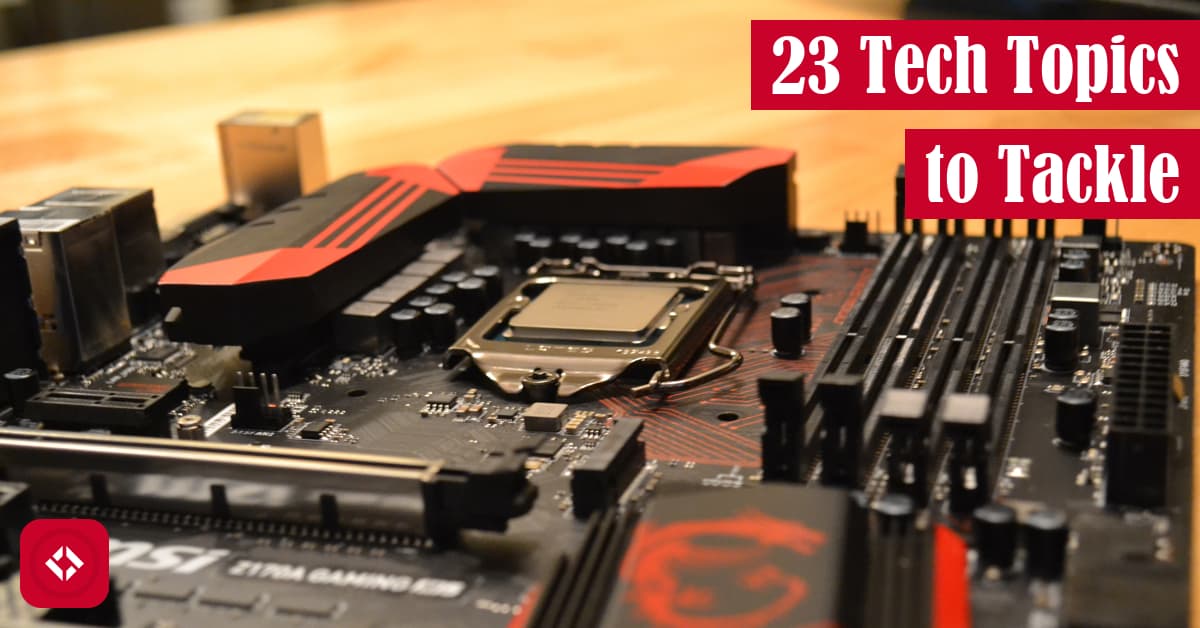Since I turned 23 today, I figured I’d launch a post to celebrate. In this post, I’m sharing 23 tech topics that would be fun to tackle. If your favorite topic didn’t make the list, please share it in the comments!
Table of Contents
- Introducing the List of Tech Topics
- Object-Oriented Programming
- Computer-Aided Design
- Scripting Languages
- Databases
- Computer Architecture
- Continuous Integration
- Software Patterns
- Optimization
- Networks
- Software Testing
- Operating Systems
- Computer Graphics
- Robotics
- Artificial Intelligence
- Game Development
- Parallel Processing
- Data Structures
- Electronic Circuits
- Digital Electronics
- Compiler Design
- Algorithms
- Simulation
- Embedded Software
- Where Can I Got to Learn More?
Introducing the List of Tech Topics
Technology, or tech, is the accumulation of human knowledge to form tools that can be leveraged to create goods and services. Of course, that means anything from the pencil to the self-driving car can be considered technology. Fortunately, I won’t be bothering with the former. Instead, we’re covering the latest tech topics with a bit of a bias toward coding tech. At any rate, let’s dive in.
Object-Oriented Programming
Naturally, I had kick off my list of tech topics with something dear to my heart: Object-oriented programming (OOP). OOP is a style of programming which focuses on objects rather than actions.
Some examples of OOP languages include Java, C#, and Python.
Computer-Aided Design
Up next on the list of tech topics is computer-aided design (CAD). CAD is a method of design that leverages technology to model elements of the world. Specifically, CAD can be used to model real-world systems like cars, planes, and trains.
Some examples of CAD software include SolidWorks, AutoCAD, and Cobalt. If you want to learn more about CAD, check out VirtualFlatCAD , a SOLIDWORKS YouTuber.
, a SOLIDWORKS YouTuber.
Scripting Languages
Scripting languages are programming languages that focus on task automation. In many cases, these languages are interpreted which means their instructions are executed directly.
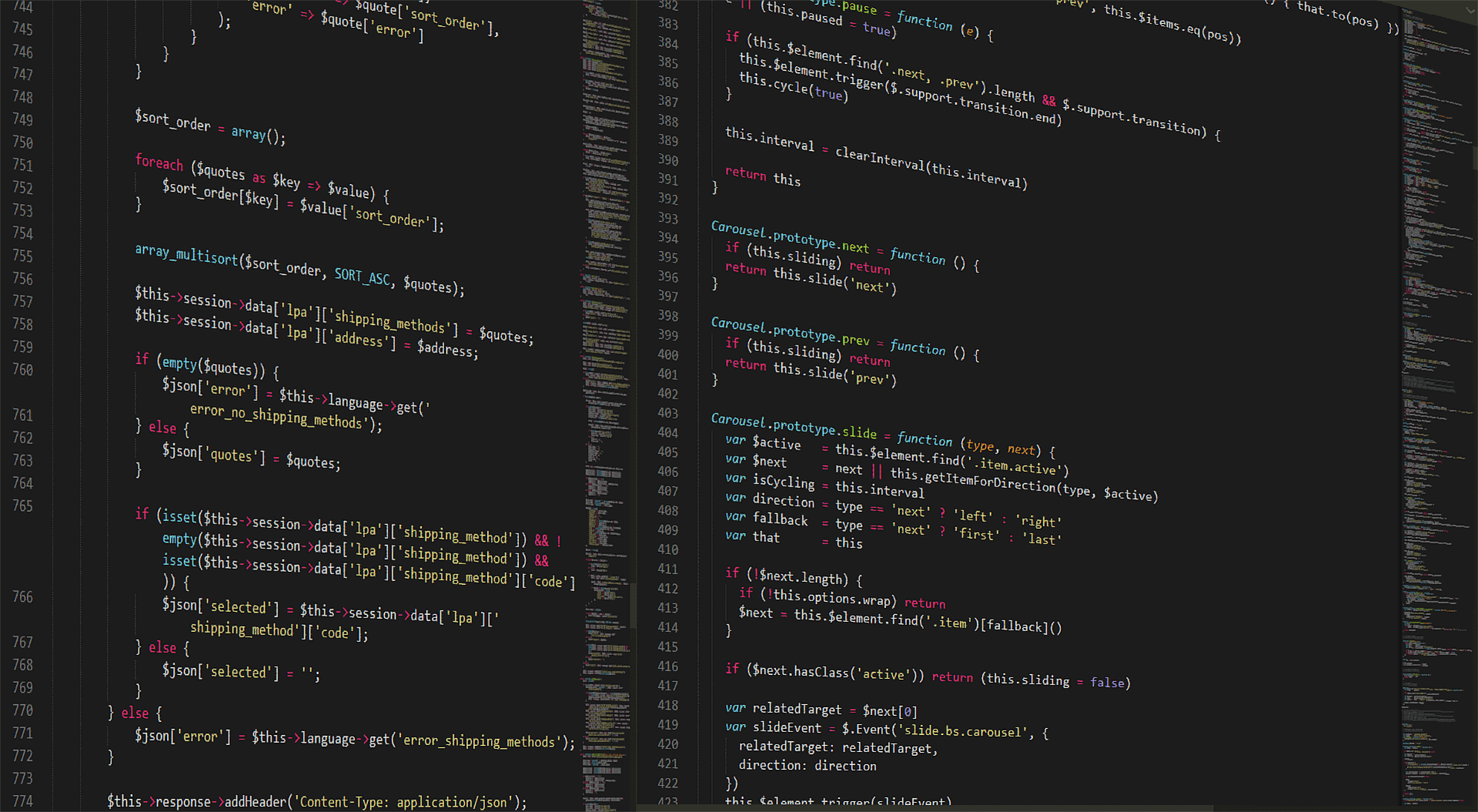
Some examples of scripting languages include Python, Bash, and JavaScript.
Databases
Databases store collections of data in a way that models reality. As a result, data is easy to retrieve and manipulate. Typically, databases are managed using a a database management system like MariaDB, MySQL, and Oracle. However, you can model your own using CSVs.
Computer Architecture
Computer architecture is the study of computer design as a system. Topics in computer architecture include cache and memory design and implementation, storage design and implementation, and processor design and implementation.
Continuous Integration
Continuous integration (CI) is a software engineering practice in which multiple branches of development are merged regularly. The goal is to limit integration issues by providing a means to continually add new code to an existing repository. If automated, CI can handle building, testing, and deploying a code base.
Examples of CI tools include Travis CI, Jenkins, and GitHub Actions. Personally, I’ve used some of these tools to automate the rendering of LaTeX documents and to automate the Sample Programs website.
Software Patterns
Software patterns are a set of tools that are used to solve common problems in software engineering. In practice, these patterns serve as best practices for problem solving. Software patterns are broken up into 4 major categories: creational, behavioral, structural, and concurrency. Among these categories, some of the most notable patterns include singleton, builder, factory, and observer.
Optimization
Optimization is the process of improving the efficiency of a system or program. Efficiency can cover areas such as memory management and process performance. Often times the specifications of a system determine what optimization techniques will be employed. In practice, this might mean sacrificing space allocation for better process performance.
Networks
Networks is the study of communication between nodes in a system. In particular, computer networks focus on data transmission between two nodes. Perhaps the most famous network is the internet.
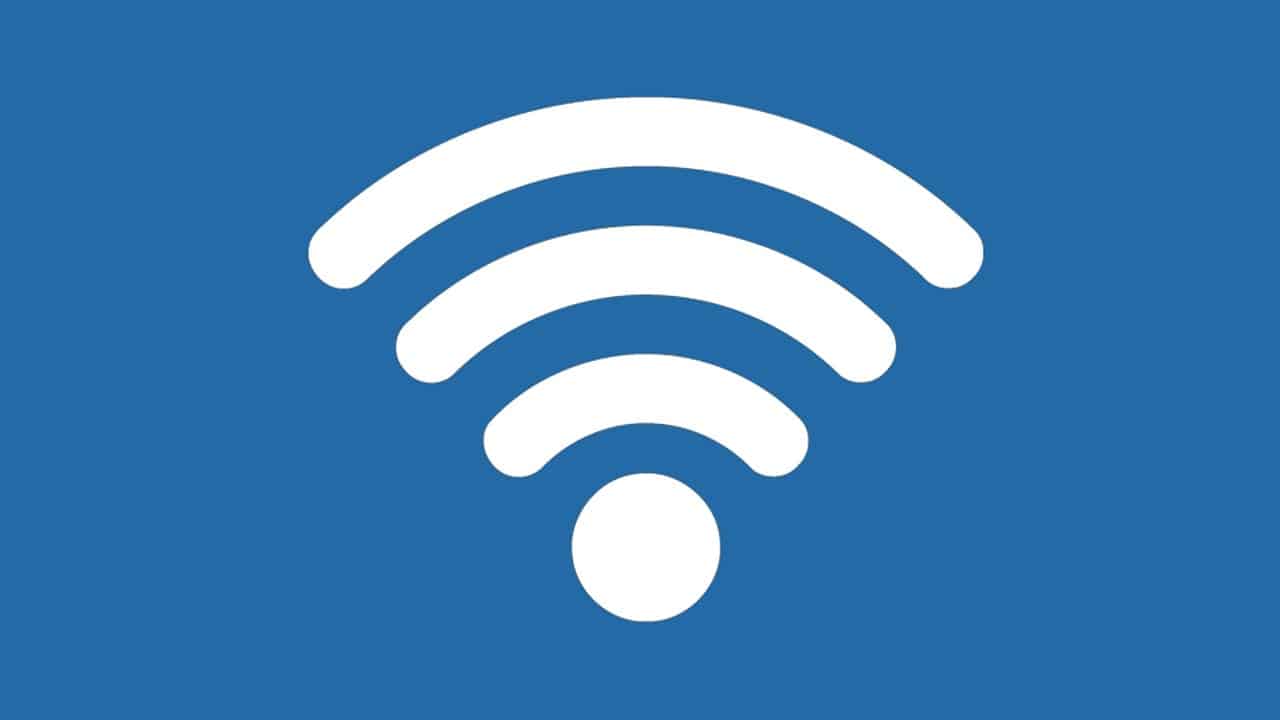
Software testing is the process of verifying that software meets specifications. There are various types of software testing such as unit, functional, integration, regression, and performance.
Software Testing
Software testing is the process of verifying that software meets specifications. There are various types of software testing such as unit, functional, integration, regression, and performance. Perhaps the most commonly used type is unit testing, which you can use to test individual functions and methods in your code. If you’d like to learn how to unit test your software, here are a few tips.
Operating Systems
In a computer, the operating system (OS) serves as the layer between the hardware and the software applications. In particular, the OS manages hardware and software resources for the entire system. The most common operating systems today are Microsoft Windows, Mac OS X, and Linux.
Computer Graphics
Computer graphics are pictures, videos, and animations generated by a computer. Some fun topics in graphics include raytracing, modeling, anti-aliasing, and shading. I personally don’t enjoy computer graphics much because it’s a challenging field, but there’s still a ton of space for innovation.
Robotics
Robotics is the study of the mechanical, electrical, and software architecture of a robot. As a result, robotics covers a ton of tech and physics topics including actuation, statics, dynamics, power distribution, and artificial intelligence.
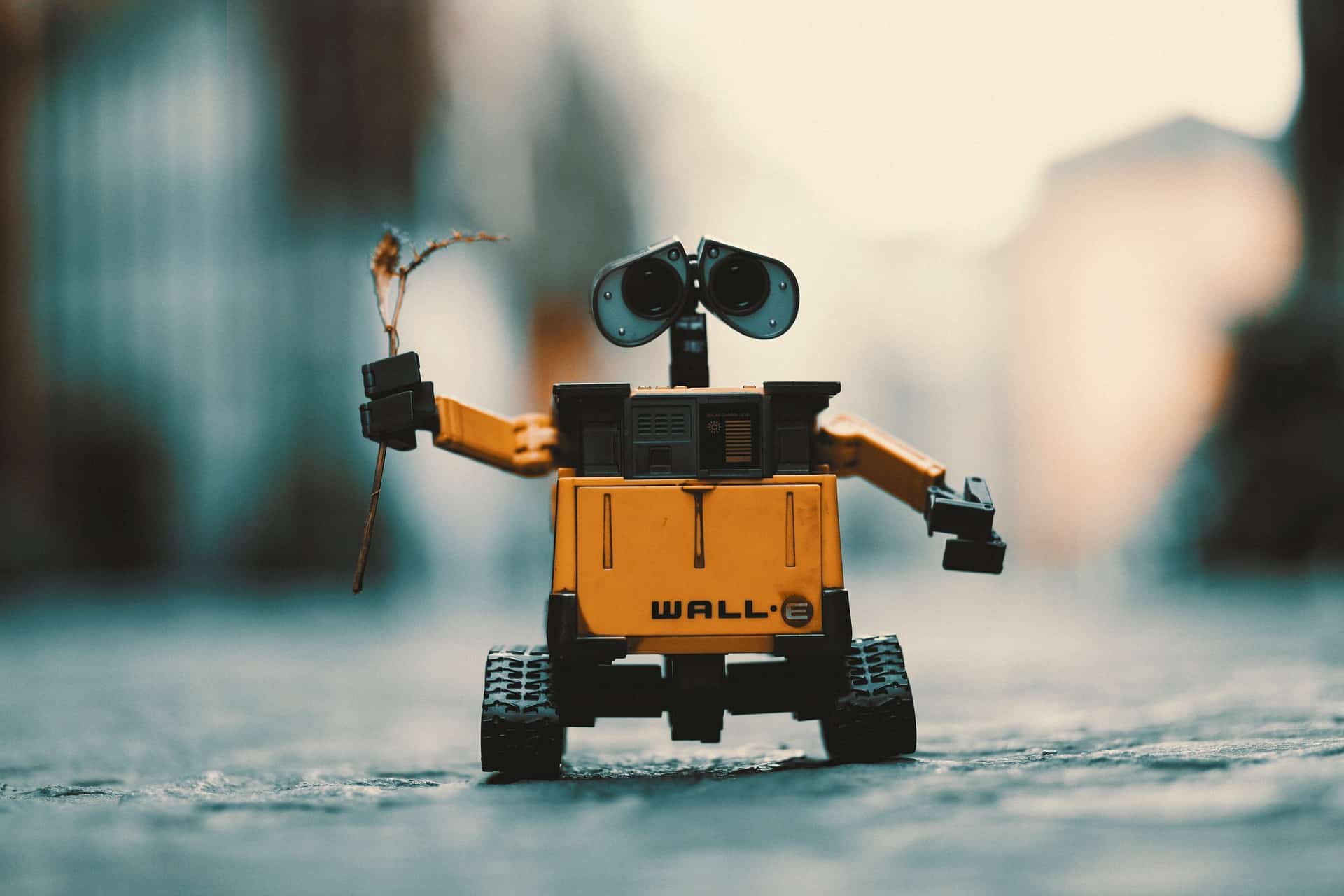
Artificial Intelligence
Artificial intelligence is a characteristic of a machine related to cognitive function. In practice, this typically means the machine uses its environment to make decisions that maximum its likelihood to succeed in some goal. Goals can include topics like perception, learning, and planning.
Modern examples of artificial intelligence include ride sharing services, spam filters, plagiarism checkers, fraud protection, and search engines. Maybe, you can learn a bit about AI and help Google fix their search engine.
Game Development
Game development is the process of designing and implementing a video game. Development teams are often interdisciplinary with members that may carry skills ranging from music composition to database management.

Popular examples of video games include Overwatch, Mario, Zelda, Starcraft, and Halo. As a gamer myself (see the screenshot above), you might enjoy my list of my favorite games.
Parallel Processing
Parallel processing is a style of programming where the focus of implementation is on concurrency. In other words, instructions can be executed simultaneously rather than in order. Of course, the main challenge in this style of programming is managing resources. Poor resource management can result in race conditions, dead locks, or live locks.
Data Structures
Data structures are a way of efficiently managing data. This subject often ties very closely to optimization as data structure choice can drastically change the performance of a program. Some examples of data structures include arrays, linked lists, maps, trees, and graphs.
Electronic Circuits
Electronic circuits are hardware loops which contain components linked by conducting wires. They can be split into two main categories (not necessarily mutually exclusive): digital and analog. Some examples of electronic components include resistors, capacitors, diodes, transistors, and switches.
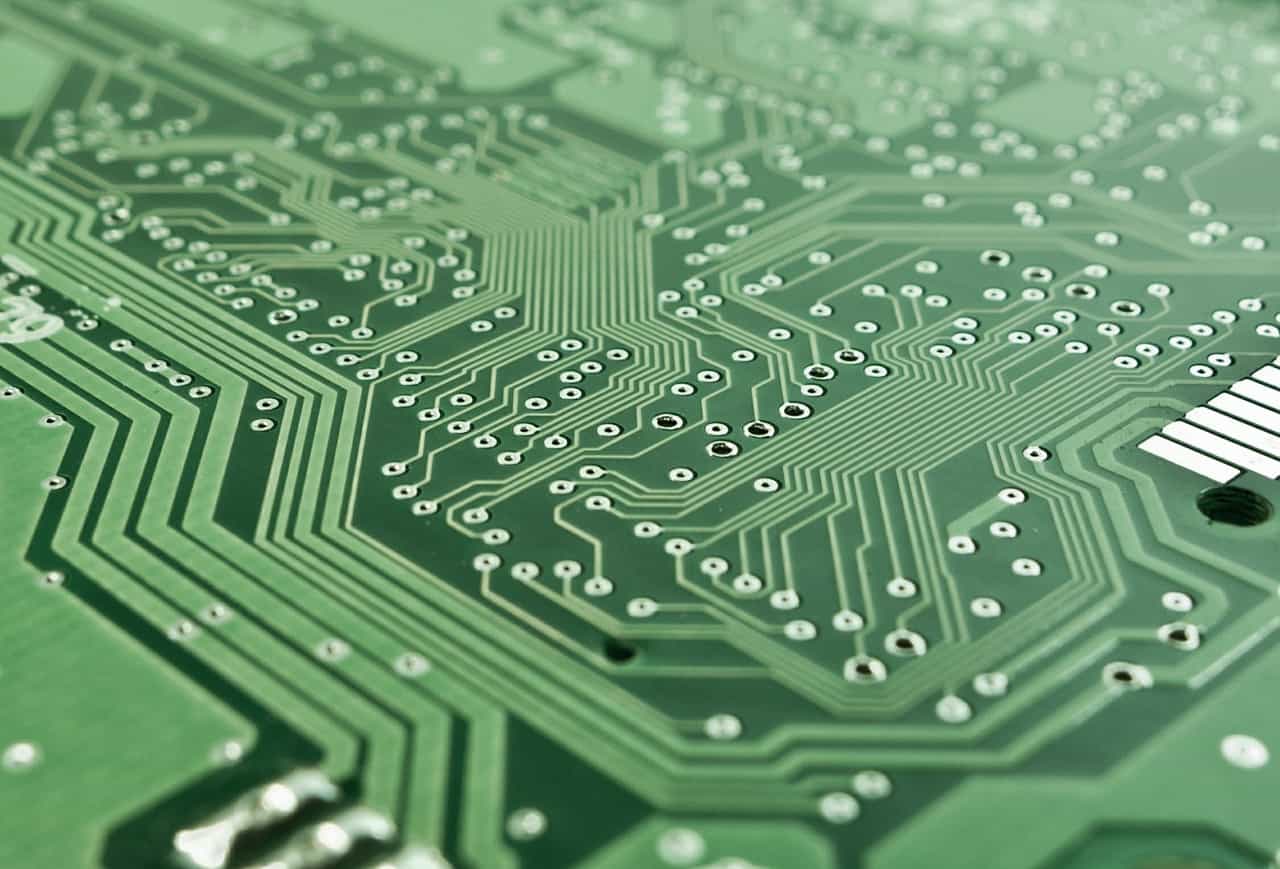
Digital Electronics
Digital electronics are a subgroup of electronics circuits with an emphasis on logic design. In this type of circuit, current is controlled using transistors which direct the current based on a specific set of inputs. The digital components can range from basic logic gates all the way to the modern processor.
Compiler Design
Compiler design is the process of converting source code to a target language. In many cases the target language is some machine code such as x86. Sometimes, however, the target language is some mid level language that is interpreted at a later time. For instance, the Java compiler converts source code to byte code which is then later interpreted on-the-fly by the Java Virtual Machine.
Algorithms
Algorithms are problem solutions denoted by a list of actions. In practices, algorithms are a way of solving problems. Like data structures, this topic ties very closely to optimization as algorithms can be optimized for specific criteria.
Simulation
Simulation is the process of mocking a real-world system by using a model. These systems can then be used for optimization, testing, and prediction. In addition, simulation is often used in game development to model a lifelike system such as social interaction or combat.
Embedded Software
Finally, how could we forget embedded software on a list of tech topics to tackle? If you didn’t know, embedded software is a special type of software engineering that focuses on machine hardware. In many cases, embedded systems are memory constrained, so software has to be optimized at a low-level.
In practice, embedded software can be written to control robots, cars, appliances, and many other electronic devices.
Where Can I Got to Learn More?
Hi! It’s Jeremy coming from the year 2024 to clean up this article a bit. Hopefully, the topics above have sufficient links to get you where you’re going. If not, I might recommend starting here with The Renegade Coder. Since this article was published in 2017, I’ve written extensively about programming languages, namely Python. Why not start there?
If you’re curious, I have a few series for absolute beginners that you might be interested in browsing:
Otherwise, take care, and thinks for checking out this old piece of mine!
Recent Posts
It's July 2024, and I have three chapters of my dissertation drafted! Two more and we'll be ready to defend.
In growing the Python concept map, I thought I'd take today to cover the concept of special methods as their called in the documentation. However, you may have heard them called magic methods or even...

